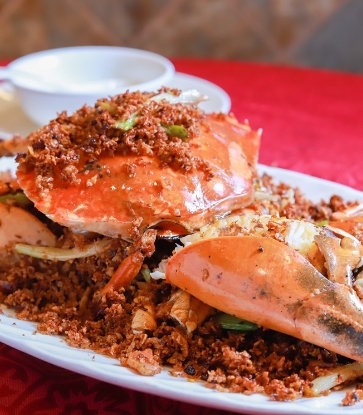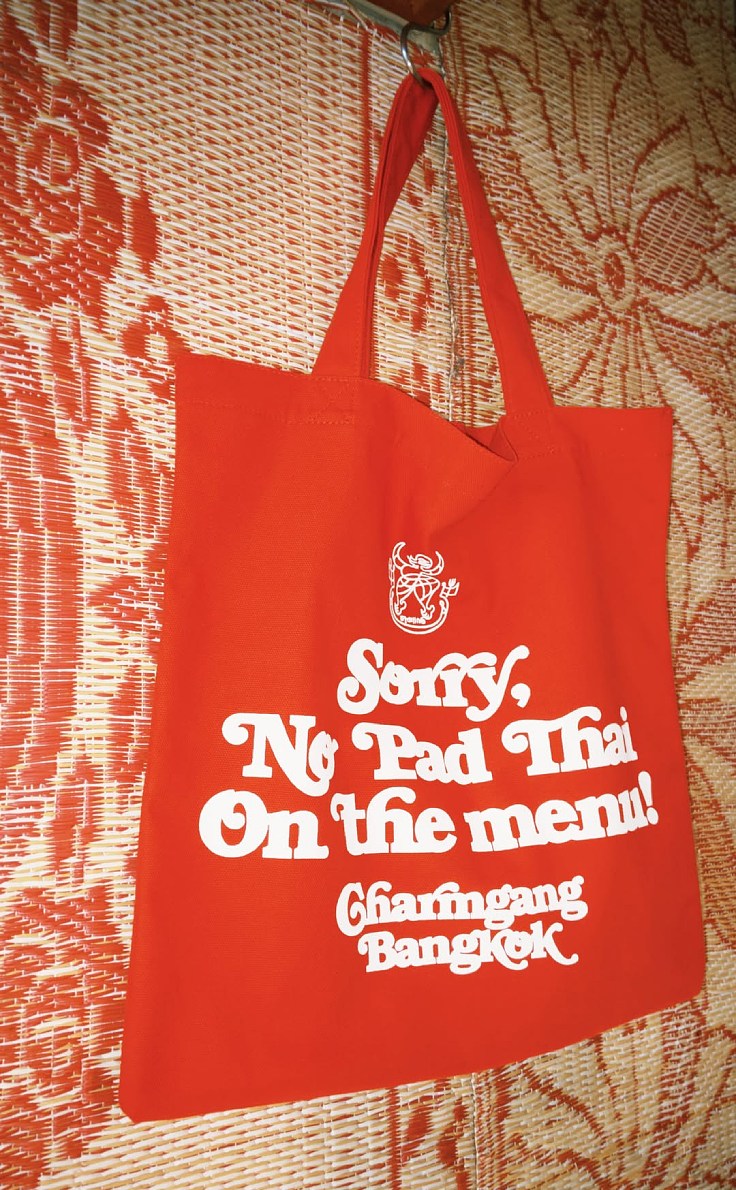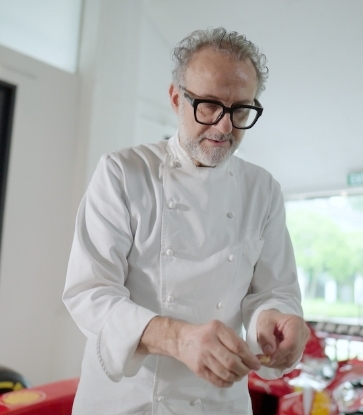A hammer thumps down to resounding cheers inside the Castle of Grinzane Cavour in Piedmont, northern Italy back in November, the pinnacle of truffle season. After a bidding war over the year’s largest batch of Alba white truffle, the 950-gram treasure unearthed just miles from the auction hall was officially won by a Hong Kong businessman. The going price? A cool €184,000 (HK$1.5 million).
Such is one example of the unrivalled – and rising – covetousness of this prized ingredient, the finest of which can only be harvested organically during late autumn and early winter from the depths of Piedmont’s hardwood forests. Coined “diamonds of the kitchen”, the ultra-rare tuber magnatum truffle variety, with their intoxicatingly earthy fragrance and tuber-like flesh, have captured the imagination of chefs and gourmands alike for centuries. And right here in Hong Kong, a city that unabashedly adores all things truffle, they can currently be found on centre stage across winter menus of fine dining restaurants.

“I love white truffles, not only because it’s only possible to find them during a very small window every year, but because I grew up with them – my father was a truffle hunter, so they remind me of him,” says Romeo Morelli, the Piedmont-hailed executive chef of Castellana. “White truffles are the hero of my dishes at this time of the year.” Indeed, his new winter menu sees the likes of raw fassona, homemade ravioli and Alaska crab topped generously with white truffle, all deliberately chosen to allow the latter to shine. “I personally think earthy and ferrous ingredients match the best.” (Photo: Castellana)
READ MORE: 5 Restaurant Trends For 2023, According to MICHELIN Chefs

Over at the Michelin-listed Estro, executive chef Antimo Maria Merone takes a similar approach to his tuber magnum pico- (or Italian white truffle) adorned creations, like the bottoni in bianco with parmigiano and sage, only available this winter. “It is the most precious truffle mother nature provides. What I love about it is that the aroma is subtle but persistent. I believe food is just to accompany the scent of the truffle without overpowering it.” (Photo: Estro)
Yet over the last decade, as the world’s affection and appetite for white truffles skyrocketed, so did the demand for this elusive treasure – and it’s showing no signs of stopping, with the burgeoning truffle industry forecasted to reach US$309.72 million by 2027. Alba white truffles, Morelli points out, also used to be mostly reserved for those who travelled to Piedmont for them, whereas modernisation has enabled them to be quickly shipped across the world to all who desire a taste, further intensifying demand from a seemingly insatiable audience.


That has been coupled with a plethora of environmental threats plaguing the 21st century such as deforestation and climate change. White truffles require a distinctly particular set of conditions to grow – think a habitat rich in nourished soils and mineral salts where symbiosis with robust tree roots (the likes of oaks and willows) can occur. However, recent prolonged droughts in Italy and beyond have made it difficult for truffles, not least white truffles, to grow. Farmers and foragers have reported unpredictable year-on-year harvests, and even in Hong Kong, chefs are finding it harder and harder to procure the valuable fungus for consumers.

“This year, we saw a very warm fall in Europe; this reflects in the low availability of white truffles that require cold weather for their growth,” explains Merone. “Scarce availability and high demands mean extremely high prices. This situation will be more and more present in the next few years, I think.”
Morelli agrees.
“Unfortunately, circumstances over recent years have meant that the supply of white truffles is in decline. I think this means the availability for Piedmont white truffles specifically might be getting less over time while giving opportunities to other white truffle varieties around the world.”

Indeed, continued scarcity, sky-high prices and tense competition amongst Italy’s truffle hunters have in recent years opened the door for small farmers outside of mainstay producers like Piedmont to flourish. For example, in Oregon in the US, a milder variety of winter white truffles have been scoured from its woods, its climate allowing for a wider production window; Croatia and Australia are among other young producers drawing rightful attention.
And very soon, there could be another variety clamouring for the spotlight: cultivated white truffles. What was once deemed an impossible feat, and after decades of unsuccessful attempts, French scientists working with the National Research Institute for Agriculture, Food and Environment (INRAE) were finally able to harvest 26 Italian white truffles last year, cultivated in a carefully managed orchard in western France outside their natural geographical perimeter. The number might seem small but it’s a sign of successes to come.

And so the world awaits the next breakthrough in white truffle farming and the industry works together to ensure that gastronomes will get to sustainably enjoy white truffles for many more decades. But one thing is for certain: when it comes to provenance and prestige, there is nothing quite like the grande dame of truffles, the Alba white truffle – at least not yet.
“I am sure that there is quality produce that can be farmed or cultivated,” expresses Morelli. “There’s a sense of excitement that only comes from the Earth’s naturally grown truffles, and there’s simply no comparison.”
“As a native of Piedmont, I can’t help but feel that the magic of white truffles is that they are rare and that someone has taken the time to go hunting for them – or that if you are lucky enough to find one when you’re out and about, it is yours to keep.”

For now, with fewer Italian white truffles on the market, it's more vital than ever to ensure that every shaving, every taste and every whiff counts. To appreciate these earthy treasures to the fullest, Morelli suggests that one must engage their sense of smell. “White truffles are almost entirely aroma, so the key to enjoying them properly is to use your nose when consuming them.
“And all of us, both those in the hospitality industry as well as consumers, must use or consume white truffles with more awareness. As a chef, I feel that it is my duty to utilise every single gram to the best of my ability so I can make the most of this amazing ingredient,” he adds.
READ MORE: Live Update: 8 Brand New Restaurants Listed in the MICHELIN Guide Hong Kong Macau – January 2023
This article is written by Cherry Lai for MICHELIN Guide Hong Kong and Macau.














